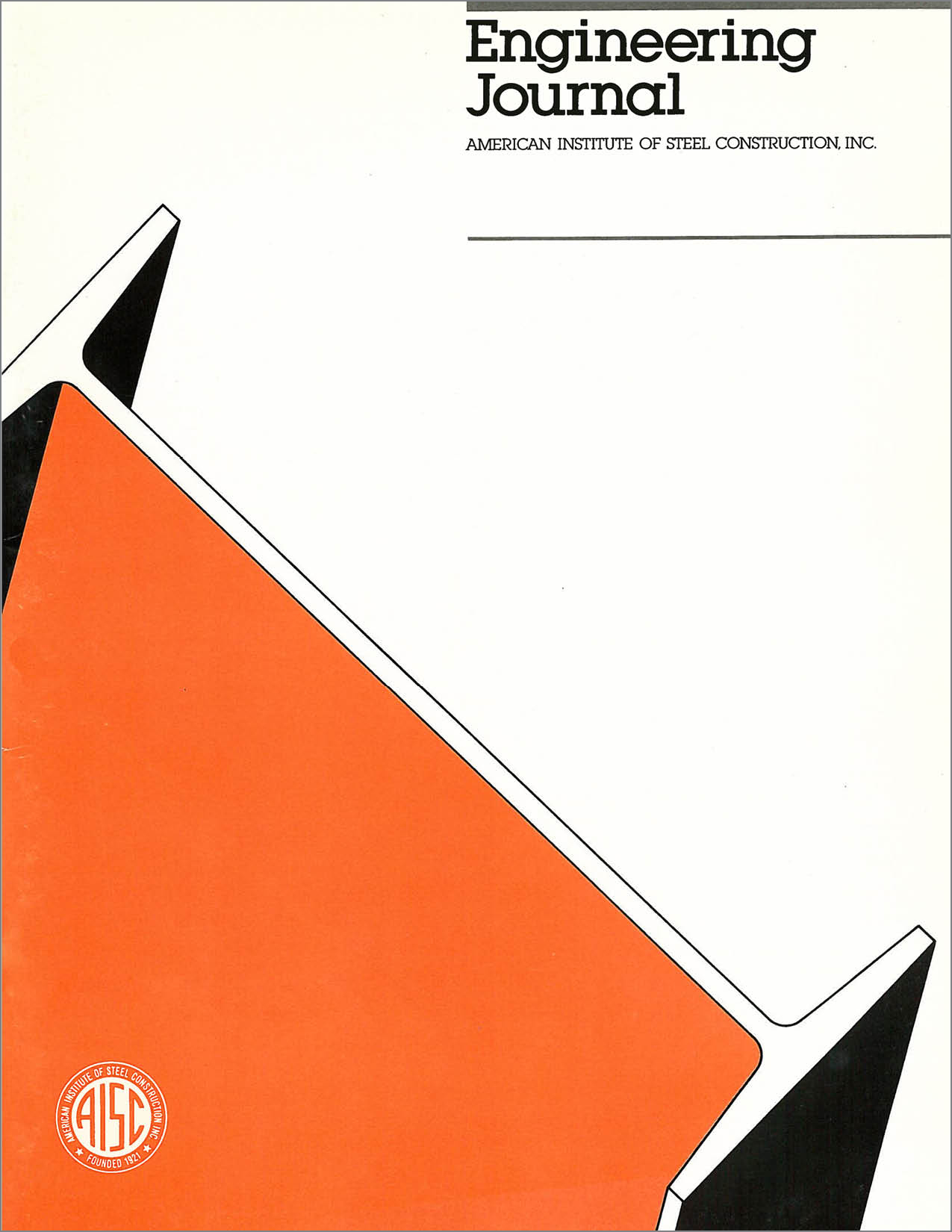Semi-rigid Composite Steel Frames
DOI:
https://doi.org/10.62913/engj.v24i4.495Abstract
Semi-rigid, composite steel frames are a new type of structural system being developed to better utilize the composite floor slabs and flexible connections present in common AISC Type 2 frames. This new structural system extends the beneficial aspects of composite action to the negative moment region of continuous beams by providing slab reinforcement across column lines. The resultant system offers significant gains in stiffness and strength not only in the members themselves but also at the connections. Because the connections benefiting most from this action are the relatively flexible ones (not rigid), the name "semirigid composite frames" (SRCF) has been coined. The economies in materials and erection cost associated with composite and mixed construction are widely recognized.1 Composite construction generally results in (1) reductions of steel area needed to support a given load, (2) an increase of overload capacity over non-composite sections, (3) reductions of construction depths and (4) an increase on the safety of the system by providing redundant load paths. Typically, composite action is used to increase the capacity of beams designed as simple spans, but its effect on the overall frame strength and stability is ignored.

